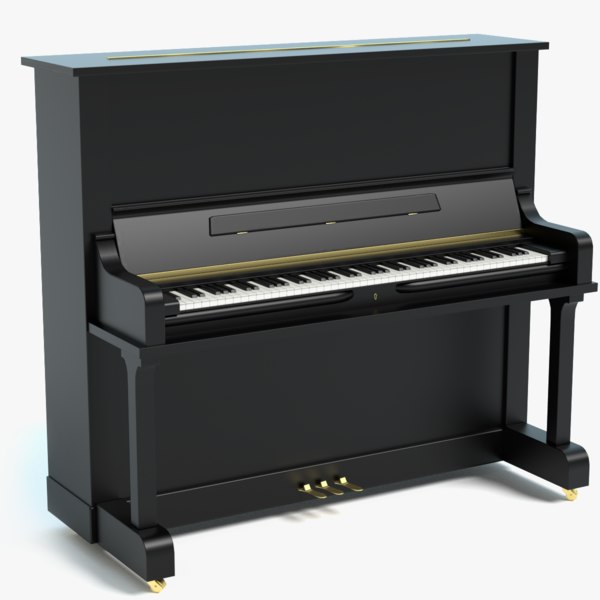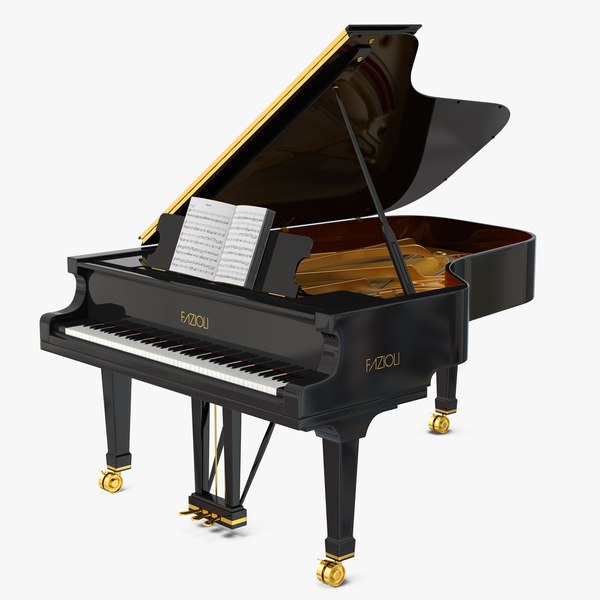 However, as mentioned by the top of Section I, we make public the aforementioned sixteen violin piano ensembles so that individuals can evaluate their models on the identical take a look at set. However, as a substitute of diagonal traces, we slightly see horizontal lines. In the top body of Fig. 16, the estimation is completed independently at four factors of measurement (see Fig. 7 for the precise places): the estimated quantity is the obvious modal density at that time. The modal dampings are reported up to 500 Hz in the bottom frame of Fig. 10 and up to 3 kHz in Fig. 13, together with bibliographical outcomes. In this work we deal with improving the be aware with offset score, but in addition obtain state-of-the-art outcomes for the extra widespread frame and note scores. A just lately proposed technique employs a mixture of easy, convex regularizers (to stabilize the parameter estimation process) and extra advanced terms (to encourage extra meaningful construction). Second, for violin, except for the ‘Correlation’ methodology that still gains improvement in SDR and SIR, the help of different augmentation strategies becomes much less obvious. From all the metrics we can see that the help of augmentations in both devices becomes less obvious.
However, as mentioned by the top of Section I, we make public the aforementioned sixteen violin piano ensembles so that individuals can evaluate their models on the identical take a look at set. However, as a substitute of diagonal traces, we slightly see horizontal lines. In the top body of Fig. 16, the estimation is completed independently at four factors of measurement (see Fig. 7 for the precise places): the estimated quantity is the obvious modal density at that time. The modal dampings are reported up to 500 Hz in the bottom frame of Fig. 10 and up to 3 kHz in Fig. 13, together with bibliographical outcomes. In this work we deal with improving the be aware with offset score, but in addition obtain state-of-the-art outcomes for the extra widespread frame and note scores. A just lately proposed technique employs a mixture of easy, convex regularizers (to stabilize the parameter estimation process) and extra advanced terms (to encourage extra meaningful construction). Second, for violin, except for the ‘Correlation’ methodology that still gains improvement in SDR and SIR, the help of different augmentation strategies becomes much less obvious. From all the metrics we can see that the help of augmentations in both devices becomes less obvious.
 We additionally see from the result of the violin that some of the proposed methods (e.g., the ‘wet’ mannequin) can do away with the leakage of the piano half and noises in the low frequency bands, whereas the baseline methods undergo. V corresponding to a selected be aware just isn't ’explained’ by the corresponding sample which results in additional spurious activations (see upper marker in Figure1b). Each output unit corresponds to 1 MIDI be aware or chroma (i.e. pitch class of the MIDI be aware). Specifically, we average the chromagram, a illustration of the time-various intensities of the twelve completely different pitch courses, to derive a 12-dimensional chroma characteristic for every stem, and then calculate the Euclidean distance between all violin/piano stems. We therefore set the threshold to 0.48. Only stems with chroma distance decrease than this threshold will be chosen and mixed as our training data. This set of data is what we seek advice from because the IMSLP dataset in this work (e.g. the IMSLP pretrained language mannequin). On this work, we practice our language mannequin on all piano sheet music images within the IMSLP dataset. At the end of the second step, we have now represented the sheet music image as a sequence of words or subword units.
We additionally see from the result of the violin that some of the proposed methods (e.g., the ‘wet’ mannequin) can do away with the leakage of the piano half and noises in the low frequency bands, whereas the baseline methods undergo. V corresponding to a selected be aware just isn't ’explained’ by the corresponding sample which results in additional spurious activations (see upper marker in Figure1b). Each output unit corresponds to 1 MIDI be aware or chroma (i.e. pitch class of the MIDI be aware). Specifically, we average the chromagram, a illustration of the time-various intensities of the twelve completely different pitch courses, to derive a 12-dimensional chroma characteristic for every stem, and then calculate the Euclidean distance between all violin/piano stems. We therefore set the threshold to 0.48. Only stems with chroma distance decrease than this threshold will be chosen and mixed as our training data. This set of data is what we seek advice from because the IMSLP dataset in this work (e.g. the IMSLP pretrained language mannequin). On this work, we practice our language mannequin on all piano sheet music images within the IMSLP dataset. At the end of the second step, we have now represented the sheet music image as a sequence of words or subword units.
The first step is to transform the sheet music picture into a bootleg score. Those information are grouped in pairs containing a piano rating and its orchestral version. Each piece consists of audio information. This fixed-size illustration (which is 3 times the hidden dimension dimension) is then fed into the classifier head, which consists of two dense layers with batch normalization and dropout. We present that it is feasible to considerably improve the performance of the classifier by coaching a language mannequin on a big set of unlabeled information, initialize the classifier with the pretrained language model weights, and finetune the classifier on a small quantity of labeled data. In the following three subsections, we describe the three essential levels of system improvement: language mannequin pretraining, classifier finetuning, and inference. We would like to grasp the impact of (a) mannequin architecture, (b) pretraining condition, (c) fragment size, and (d) inference sort (single vs. The same tokenizer that had been used in the language mannequin pretraining stage. Our approach is similarly based mostly on language mannequin pretraining. In the first subsection, we give a high-stage overview and rationale behind our method. The highest half of Figure three reveals a excessive-level overview of those three language fashions.
Note that the representation discards a major amount of knowledge: it doesn't encode be aware duration, key signature, time signature, measure boundaries, accidentals, clef adjustments, or octave markings, and it simply ignores non-crammed noteheads (e.g. half or entire notes). The guiding principle behind our approach is to maximize the quantity of information. Second, we choose an method that may make the most of unlabeled information. Second, tendencies of temporal fluctuations in human performances are described solely roughly. Moreover, after listening to these songs one-by-one, we discard 10 of them, as there are extreme leakage issues and accordingly the piano/violin stems aren't purely piano/violin. As discussed in Section I, there are numerous frequent devices that suffer from the lack of multi-track data. In an try to fill this hole, we built the Projective Orchestral Database (POD) and detail its structure in section 3. In section 4, the computerized projective orchestration process is proposed as an evaluation framework for automatic orchestration methods.












0 komentar:
Posting Komentar